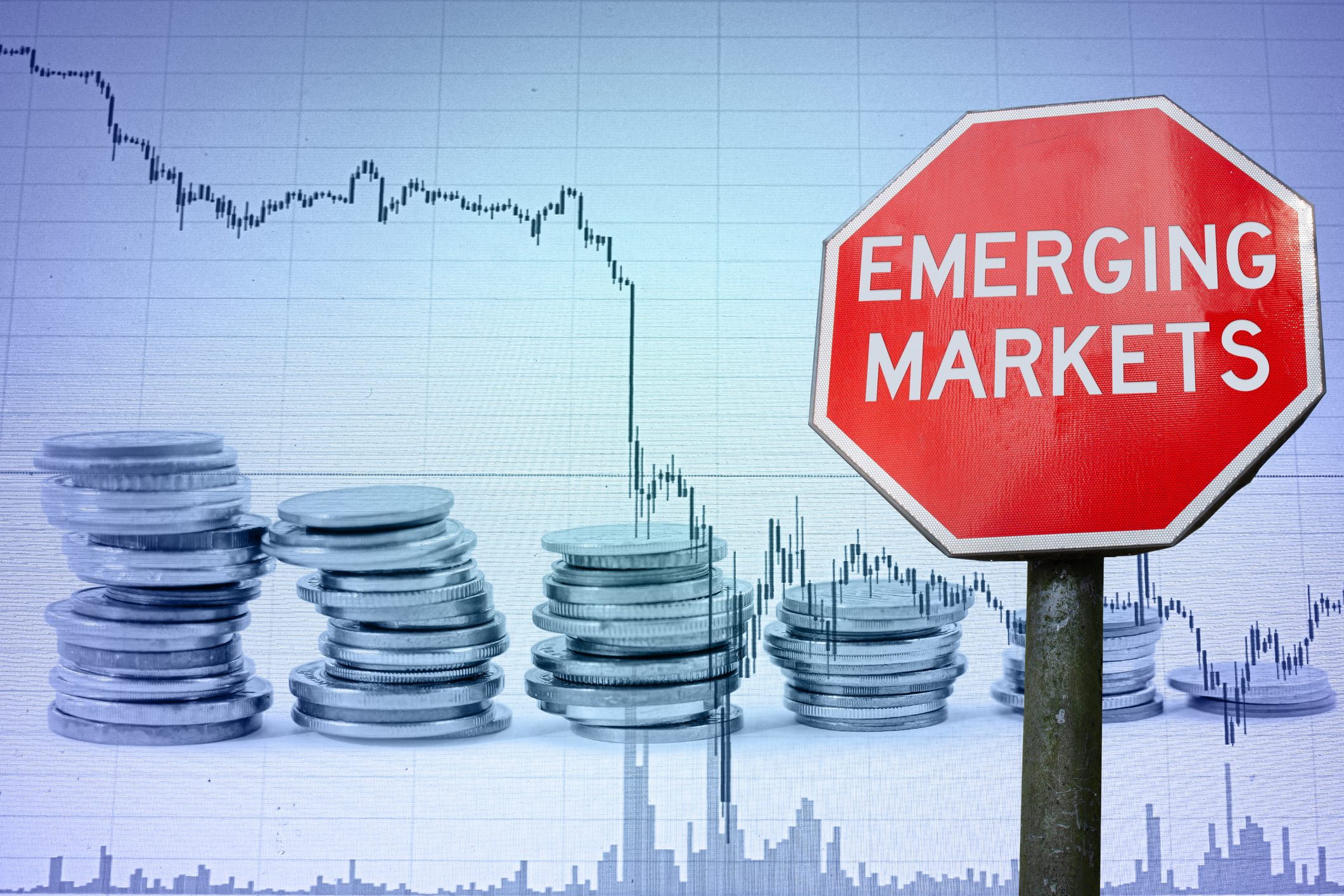A model that captures key vulnerabilities and structural weaknesses of developing countries’ trade and production structures.
Our new INET working paper began as a background study for UNCTAD’s Trade and Development Report 2022. Since then, the world has evolved, but this essay has the same purpose as the original: To assess from the perspective of the Balance of Payments Constrained Growth (BPCG) model, the key current challenges to developing countries that spring from two broad types of factors they cannot control. These are, first, global shocks that affect the world economy at large and, second, major macro or trade policy changes in developed countries. The BPCG perspective helps to identify to what extent these challenges are rooted in or conditioned by the developing countries’ financial vulnerabilities and structural weaknesses linked to their roles in international trade and capital markets.
Right now the world´s economy and political order are in turmoil, marked by vast uncertainty. The pandemic that erupted in 2020 is not over, as successive waves of contagion and death hit diverse countries. In addition, asymmetries in the policy spaces and stances of developed and developing economies – including those arising from the distinct phases in which they inhabit a ‘post-pandemic’ era – induce severe macro-financial global shocks with far from homogeneous effects on these two groups of nations.
This is particularly the case as the major economies begin reversing their policies of quantitative easing and start raising interest rates. As painful as this is to the developed countries, the impact may be much more severe on developing BPC economies with large debt burdens and restricted access to fresh external financial resources. Recall, too, that many of them have not reached anything resembling a ‘post-pandemic’ phase. The military invasion by Russia of Ukraine in February 2022, the still ongoing war, and the subsequent sanctions of the West on Russia further complicate the scenario. Besides creating new obstacles to global economic expansion and stabilization, the war is making painfully evident long-standing critical problems and weaknesses in the world´s productive structures and financial and commercial architecture. The rise in energy costs is also squeezing consumers’ real income and pushing unit costs up in the developed world, while the outbreak of new variants of the coronavirus has translated into strict lockdowns in various cities of China including Shanghai, and delivered additional blows to international trade. Adding to these complexities, are climate change and global warming’s threats to social and economic life as we have known it, which pose new and daunting challenges to policymakers in the developing world.
These combined global shocks have disrupted global supply chains, pushed inflation to levels unseen in decades, introduced acute volatility in world financial and foreign exchange markets, and increased borrowing costs for emerging nations. Simultaneously, household incomes are being squeezed and the business climate is becoming bleaker and bleaker thus weakening investment all over.
How will policymakers of the major economies react with inflation on the rise and the likelihood of an economic recovery faltering? What will be the monetary/fiscal cum industrial and trade policy responses of the United States, the European Union, the UK, and China? What will be the repercussions on international financial and commercial markets of the persistent and new global shocks cum policy changes of developed economies?
These are crucial questions whose answers will shape the world´s economy for a long time and that our paper tries to tackle.






